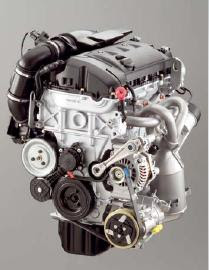 Enjoy more horsepower, faster acceleration and greater torque on the street or off-road with high-performance engine parts like camshafts, crankshafts and oil pumps. Spurn faulty engine parts! Restore or upgrade your engine’s performance with engine parts like gaskets, oil pans and timing kits. What is more, we even have engine dress up accessories to brighten and enhance your vehicle under the hood. Equip your vehicle with any of these incredible engine parts to help your engine unleash its full potential.
Enjoy more horsepower, faster acceleration and greater torque on the street or off-road with high-performance engine parts like camshafts, crankshafts and oil pumps. Spurn faulty engine parts! Restore or upgrade your engine’s performance with engine parts like gaskets, oil pans and timing kits. What is more, we even have engine dress up accessories to brighten and enhance your vehicle under the hood. Equip your vehicle with any of these incredible engine parts to help your engine unleash its full potential.The cylinder block or engine block is a machined casting (or sometimes an assembly of modules) containing cylindrically bored holes for the pistons of a multi-cylinder reciprocating internal combustion engine, or for a similarly constructed device such as a pump. It is a complicated part at the heart of an engine, with adaptions to attach the cylinder head, crankcase, engine mounts, drive housing and engine ancillaries, with passages for coolants and lubricants.


